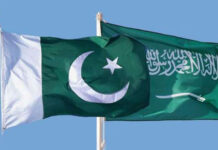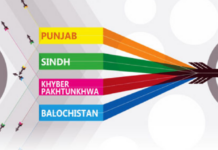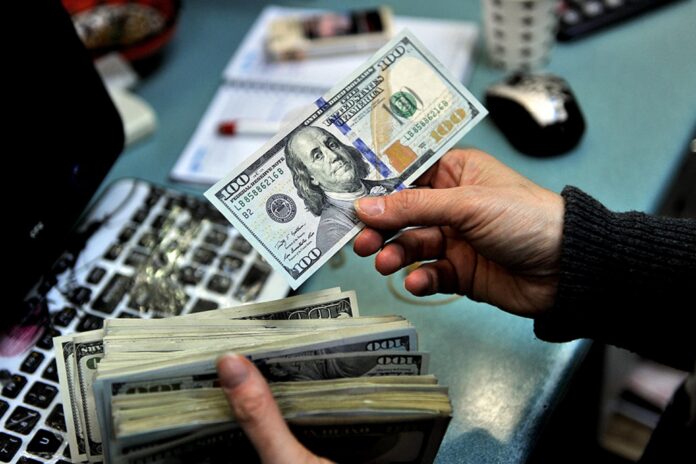Pakistan’s total liquid foreign exchange reserves surged by over $1 billion last week, crossing the $16 billion mark for the first time since November 2024. The jump was driven by the release of the second loan tranche from the International Monetary Fund (IMF), reinforcing the country’s external buffers and restoring market confidence.
According to data released by the State Bank of Pakistan (SBP) on Thursday, total foreign exchange reserves stood at $16.649 billion as of May 16, 2025, compared to $15.614 billion a week earlier, marking an increase of $1.034 billion. The SBP’s own reserves rose to $11.447 billion, up from $10.403 billion, reflecting a $1.043 billion week-on-week gain and reaching their highest level in four months.
The rise comes on the back of the IMF’s disbursement of SDR 760 million (approximately $1.023 billion) on May 13 under the Extended Fund Facility (EFF) program. The tranche is the second under the newly signed 37-month, $7 billion EFF agreement, which was finalized earlier this year to stabilize Pakistan’s economy amid rising external and fiscal pressures.
While the SBP’s reserves saw a notable uptick, net reserves held by commercial banks saw a marginal decline of $9 million, bringing their total to $5.202 billion.
The IMF disbursement also unlocked additional multilateral and bilateral inflows, in line with the broader financing framework agreed with external creditors. Notably, the IMF also approved a Resilience and Sustainability Facility (RSF) for Pakistan, which will provide $1.4 billion (SDR 1 billion) to support climate-resilient development and long-term sustainability initiatives.
Last week, the IMF’s executive board praised Pakistan’s commitment to reform and green-lighted both the EFF disbursement and the RSF program. This dual-track support not only reinforces the government’s macroeconomic stabilization agenda but also signals growing international confidence in Pakistan’s policy direction.
SBP Governor Jameel Ahmed had earlier projected that the central bank’s reserves would continue to rise steadily and cross $14 billion by June 2025, driven by expected inflows from multilateral lenders, friendly countries, and improved current account dynamics.
With reserves now on an upward trajectory, analysts say the outlook for Pakistan’s external sector has improved considerably, although sustained fiscal reforms and prudent monetary policy will be key to maintaining stability beyond the IMF program.























